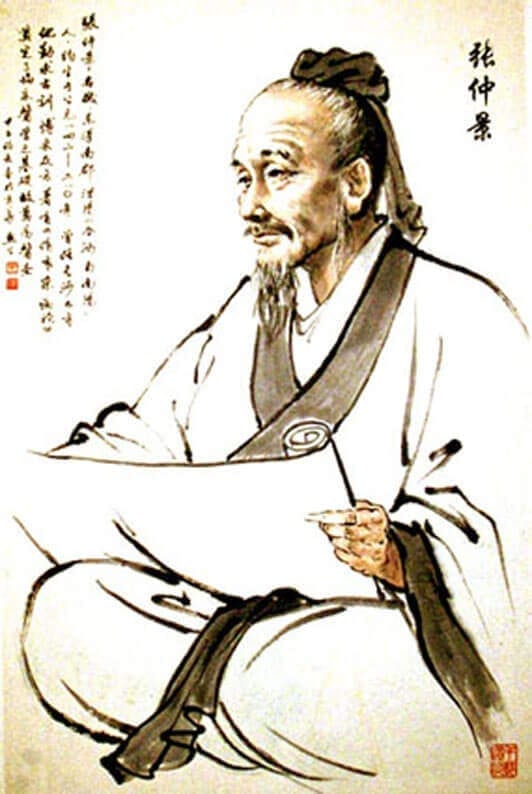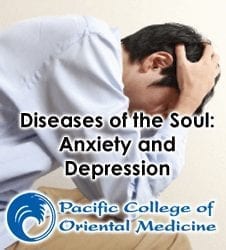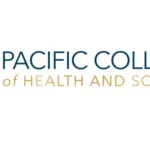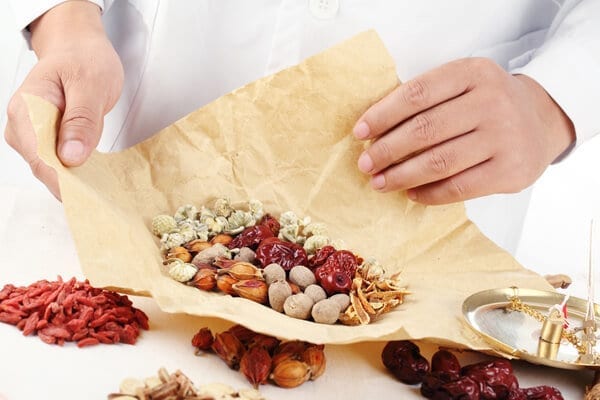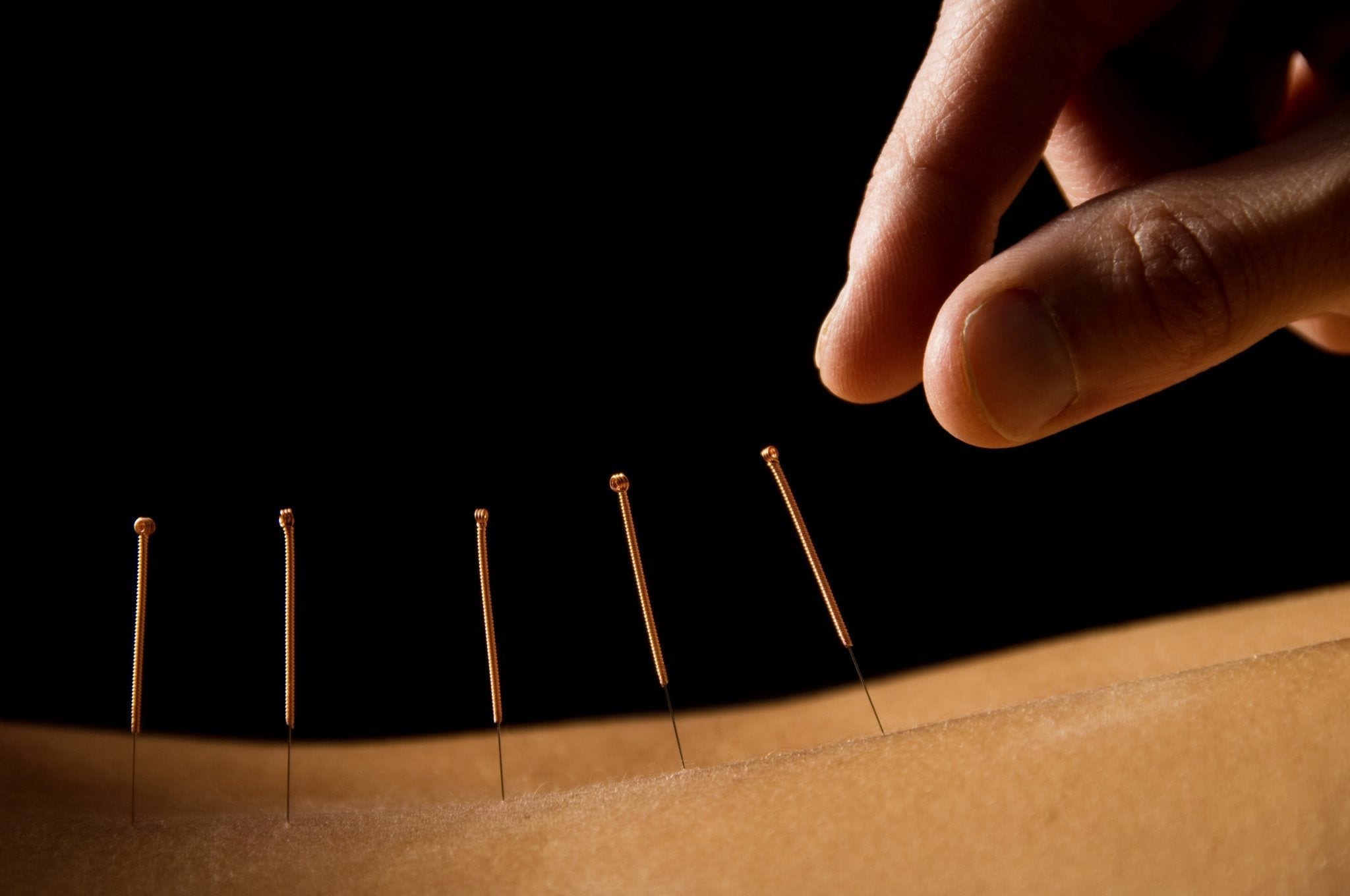The Gokhale Method® as a Supplement for Treatment of Qi Deficiency
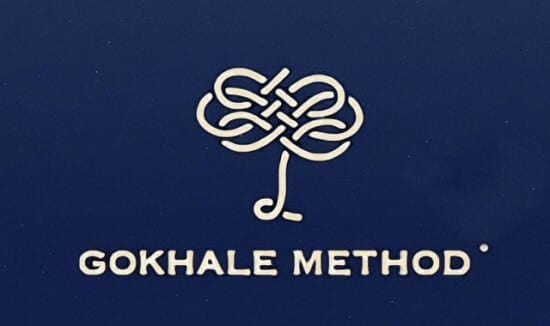
One of the four categories of examination in Chinese medicine is the “looking diagnosis”. Observing the patient’s skin tone, the Shen in the eyes, and checking the tongue are all elements of creating a clear, effective diagnosis. Observing posture can add a layer to the examination that is insightful, especially given the frequent occurrence of postural distortion in modern times. We can start looking at our patients as soon as we greet them in the waiting room. How do they sit, stand, and walk? What kind of posture do they have? Instinctively, many of us sense that a slouching or hunching patient has a qi deficiency.
